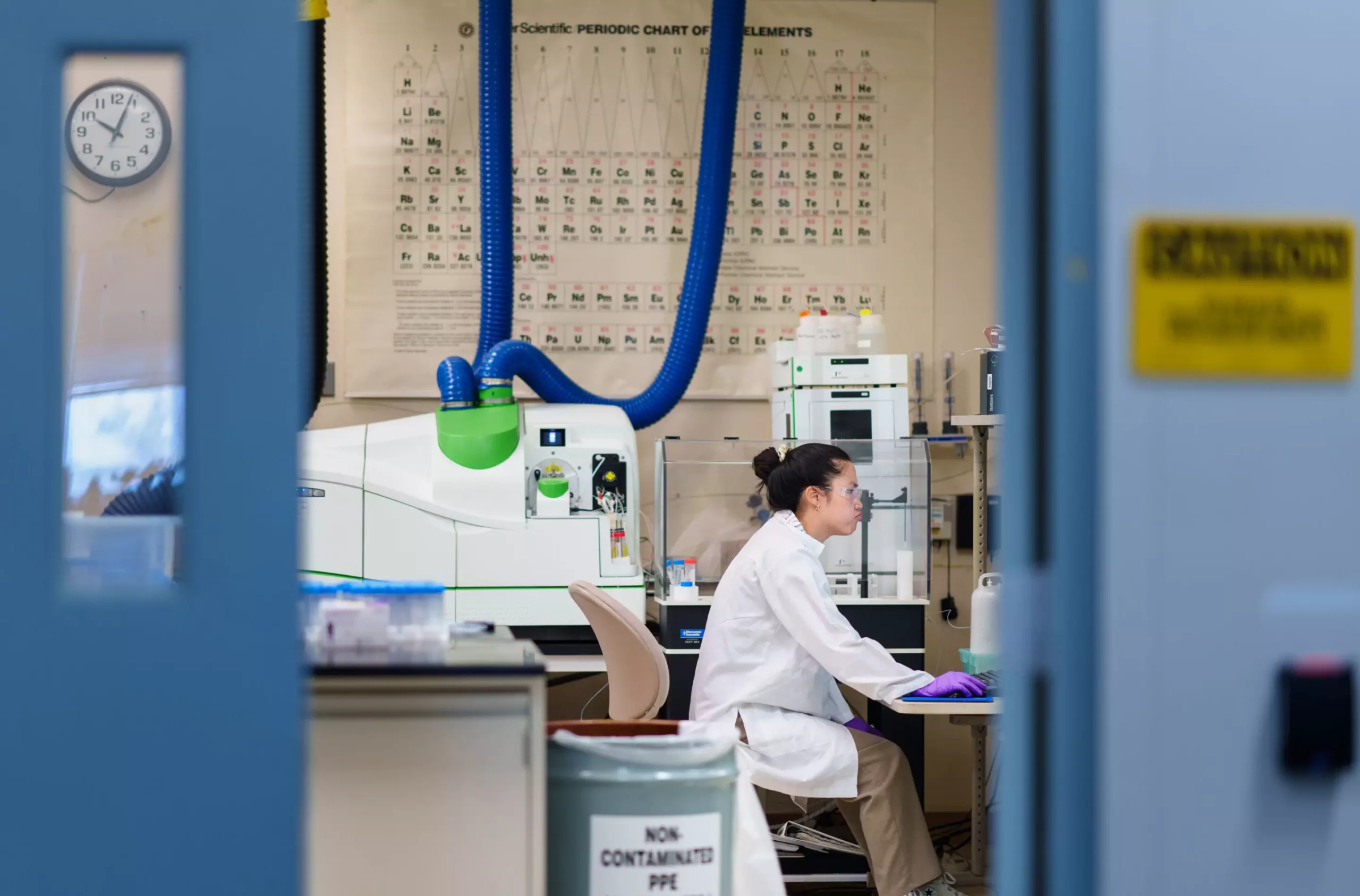Rare-earth elements (REEs) are essential components in a multitude of modern technologies, ranging from smartphones and electric vehicles to renewable energy solutions like wind turbines. Despite their ubiquity, the extraction and purification processes for these materials are fraught with environmental challenges and are largely dominated by operations in China. Recent advancements at Sandia National Laboratories have introduced a promising, environmentally friendly method for isolating these critical metals using metal-organic frameworks (MOFs). This article delves into the innovative research by Sandia teams, showcasing their methodologies and the implications of their findings.
The conventional methods for extracting REEs involve the use of toxic solvents and strong acids, resulting in significant environmental harm. The global dependence on China’s production capabilities raises concerns regarding the sustainability and security of the supply chains for these crucial materials. Researchers are increasingly focusing on alternative methods to both improve efficiency and reduce the ecological footprint of REE extraction processes.
At the heart of Sandia’s innovative approach are metal-organic frameworks, unique structures composed of metal nodes and organic linkers. These frameworks can be likened to tinker toys, allowing scientists to create nanosized “sponges” that selectively absorb specific ions. The versatility of MOFs stems from their adjustable compositions—modifications can lead to varying chemical interactions that enhance their capacity to isolate rare-earth elements from complex mixtures.
A key aspect of this research involves synthesizing MOFs that incorporate different surface chemistries, enabling them to selectively target specific REEs. As project lead Anastasia Ilgen emphasizes, the ability to tune the properties of these MOFs by altering the chemical groups on their surfaces could significantly optimize the adsorption processes.
To further refine the design of these frameworks, computational materials scientists at Sandia, like Kevin Leung, have deployed sophisticated modeling techniques to simulate how rare-earth elements interact with various MOF configurations. By conducting molecular dynamics simulations and density functional theory modeling, they have gained insights into the energetic preferences of REEs when in the presence of different chemical environments.
Their findings revealed a noteworthy trend: while lighter rare-earth elements like cerium show little preference between amines and water for binding, heavier elements like lutetium exhibit a stronger affinity for negatively charged groups. This discovery provides a basis for future efforts aimed at combining positive and negative charges on MOFs to selectively capture individual rare-earth elements, although practical applications of this idea remain on the horizon.
Further empirical validation of the MOF properties has come through advanced X-ray spectroscopy techniques. Ilgen’s spectroscopy work has enabled the research team to visualize how REEs chemically bond with different MOF structures, offering unprecedented insight into their behavior. For instance, they observed that in specifically engineered MOFs with phosphonate surface groups, REEs bind preferentially to these groups rather than to the metal hubs themselves. Such insights are crucial, as they illustrate the potential for creating highly selective ion pockets within MOFs that outcompete the metal structure.
The implications of this research extend far beyond mere academic interest; they promise transformative impacts on the way rare-earth elements are sourced and utilized. Ilgen and her colleagues are exploring various design strategies to enhance MOF selectivity. One avenue involves the chemical modification of the metal hubs themselves, potentially integrating multiple metal types to develop a binding site that optimally captures specific REEs. Another strategy focuses on refining surface group chemistry to create selective ion pockets tailored to individual rare-earth elements.
As the world continues to grapple with the dual challenges of environmental sustainability and the demand for high-tech materials, the pursuit of innovative extraction techniques like those pioneered at Sandia National Laboratories become ever more critical. The ongoing research into MOF technology indicates not only a shift towards greener methodologies but also the potential for developing a more secure and diversified supply chain for rare-earth elements.
As we leverage the vast potential of metal-organic frameworks, it appears that we may be on the brink of a new era in the sustainable sourcing of rare-earth elements, paving the way for their continued presence in our increasingly tech-driven society. The success of these methodologies holds promise not only for researchers but for industries reliant on these critical materials.


Leave a Reply